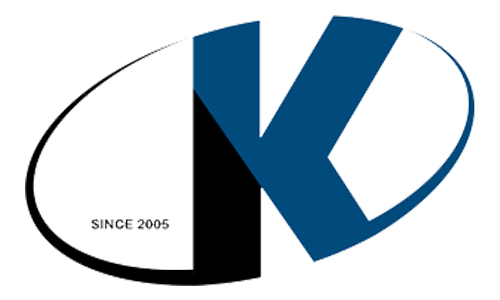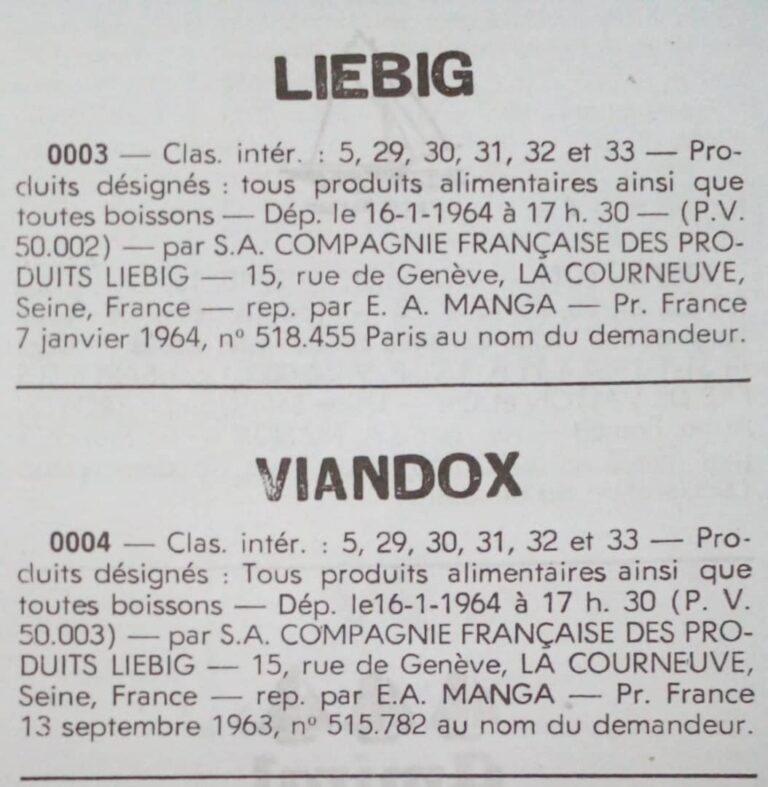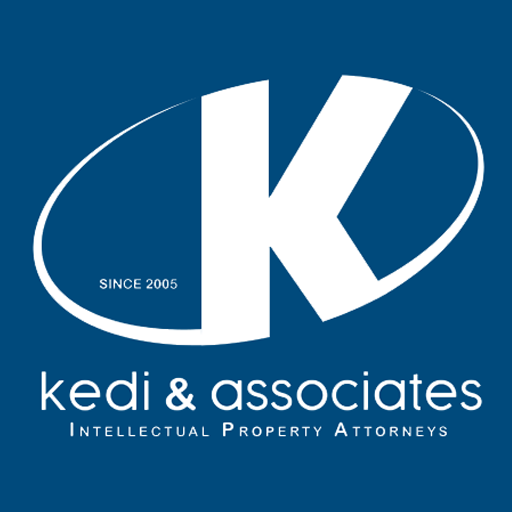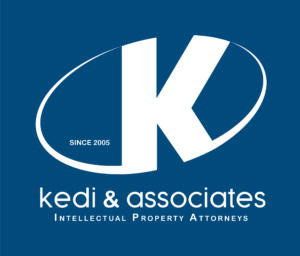What a journey we’ve made in 60 years! January 16th, 1964, at 5:30 pm, the African and Malagasy Office of Industrial Property (OAMPI), which later became the African Intellectual Property Organization (OAPI), registered its first trademarks under the Libreville Agreement of September 13th, 1962.
History records that the first applicant was the French company S.A. COMPAGNIE FRANCAISE DES PRODUITS LIEBIG which had made two registrations under classes 5, 29, 30, 31, 32, and 33. No one could have imagined that these registrations would mark the beginning of a remarkable story between the countries of Central and West Africa.

The trademark registration procedure provided for in Annex 2 of the Libreville Agreement of September 13rd, 1962 has been simplified. It initially limited the signs that could constitute a trademark exclusively to the mark or marks of the manufacturer without specifying what it actually represents.
It is important to note that, at that particular time, signs such as sound, smell, audiovisual, collective or certification marks did not exist. With respect to signs prohibited from registration, article 3 of the Libreville Agreement of September 13, 1962 provided that « signs the use of which is contrary to public policy, morality or the law, as well as signs excluded by article 6 of the Paris Convention of March 20, 1883, as revised in article 3 above, shall not constitute or form part of a mark.
This provision thus limited the scope of the prohibitions to signs contrary to public policy and accepted principles of morality, and to those reproducing the emblems or coats of arms of States and intergovernmental organizations. The procedure itself concerned mainly the examination of form. As regards the substantive examination, the examiners confined themselves to Article 3 above.

After the Libreville Agreement of September 13th, 1962, on March 2nd, 1977, the OAPI member states ratified a new Agreement called the Bangui Agreement, which was subsequently revised on February 24th, 1999. This new piece of legislation was intended to align the OAPI intellectual property laws with those of the TRIPS Agreement. Although this new law includes some advances, particularly in the area of trademark registration procedures and border measures, it is characterized by certain shortcomings, such as the lack of recognition of new trademarks (sound marks, etc.), the lack of examination of the merits of trademarks to be registered, the lack of standards relating to co-ownership, etc. Faced with these shortcomings and the entry into force of the Madrid Protocol, the member states were obliged to improve their legal arsenal in this area.
On December 14th, 2015, in Bamako, the Bamako Act was ratified, thus revising the Bangui Agreement of 1999. Following the ratification of the Bamako Act, OAPI Member States enacted the entry into force of Annex 3 on trademarks on January 1st, 2022. This new law on trademarks has wholly changed the procedural framework of trademark registration in the OAPI region by integrating several innovations, notably on the:
- Joint ownership;
- Inventions by Employees;
- Publication of applications;
- Oppositions after the publication of applications;
- Claims of privilege after the publication of applications;
- Divisional of the applications;
- Reduction and harmonization of opposition deadlines;
- before the order of seizure for infringement;
- The civil law claim of ownership proceedings;
- The possibility to correct obvious material errors;
- Examination of the absolute grounds for issuing titles;
- Appeal deadlines to the Superior Commission of Appeal reduced to 60 days;
- Increased penalties for infringement;
- The search for information in case of infringement;
- Prevention of infringements;
- Measures at the borders;
- Limitations to the rights conferred by patent registration;
- Clarifications concerning the notion of ex officio license;
- Admission of sound and audiovisual signs as trademarks.
We invite you to participate in our next webinar about the OAPI new trademark registration.




